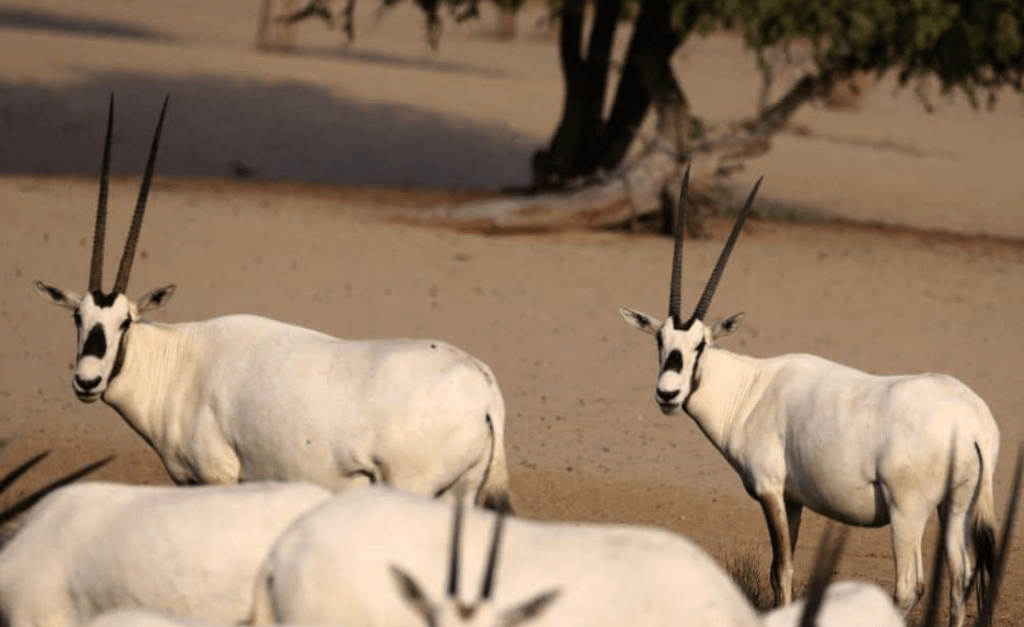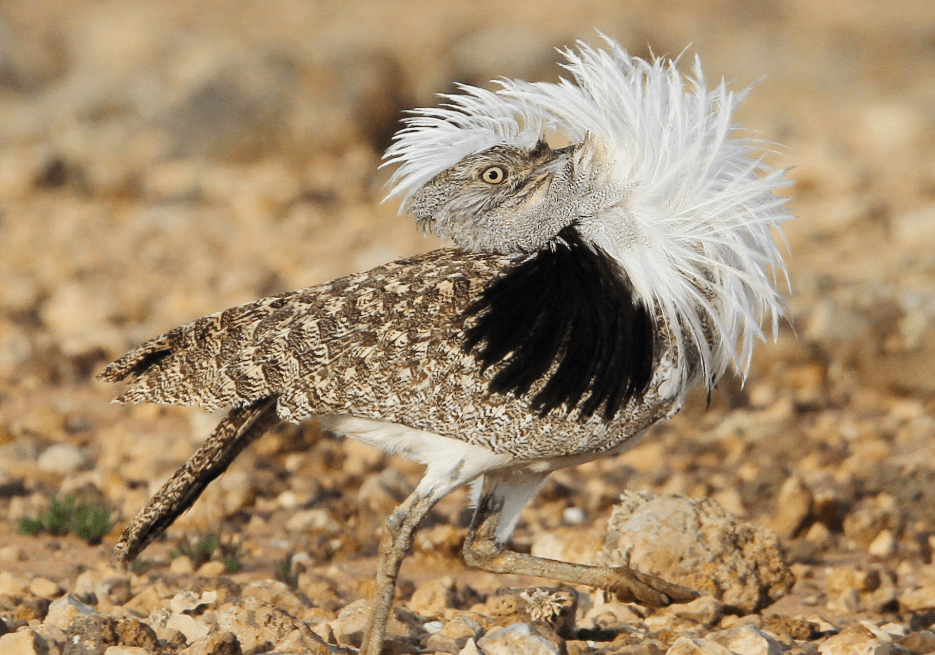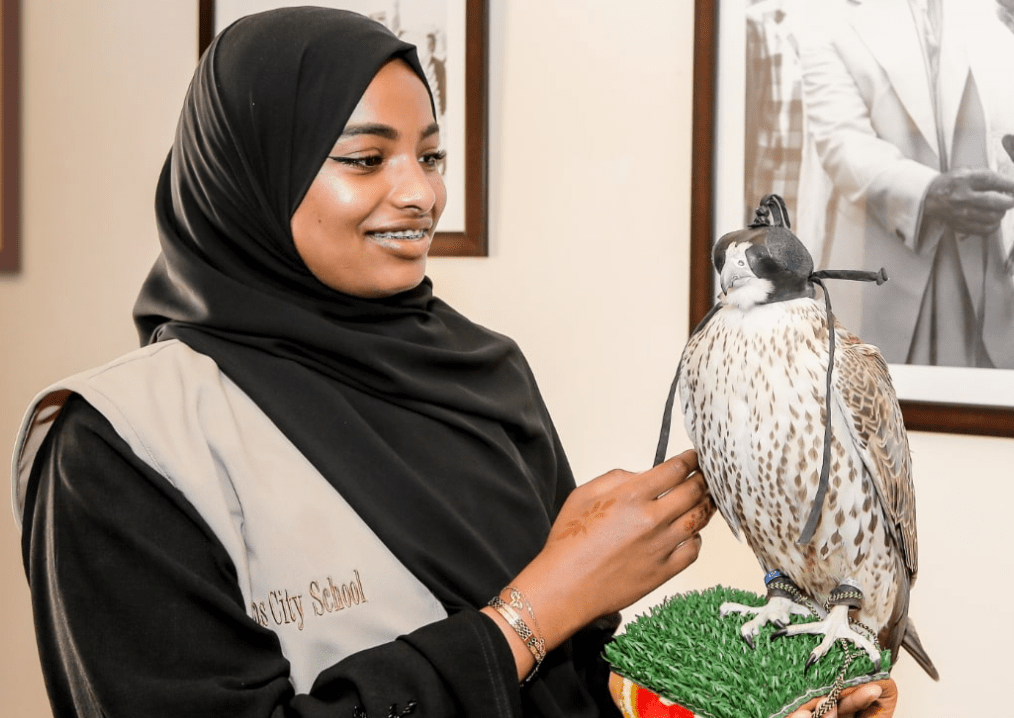The Middle East and North Africa (MENA) region is home to a diverse array of wildlife species, each playing a crucial role in maintaining ecological balance. However, many of these species have faced significant challenges, leading to drastic population declines and, in some cases, extinction in the wild. This article examines the current status of five notable MENA species.
Arabian Oryx (Oryx leucoryx)


The Arabian oryx, once declared extinct in the wild in 1972 due to overhunting, has been successfully reintroduced into its native habitats. According to Fauna & Flora, reintroduction efforts began in 1982 in Oman, followed by releases in Saudi Arabia, the United Arab Emirates, and Jordan.
As of 2011, the International Union for Conservation of Nature (IUCN) reclassified the species from “extinct in the wild” to “vulnerable.”
By 2022, wild populations were estimated at approximately 1,200 individuals, with an additional 6,000–7,000 in captivity, primarily on the Arabian Peninsula.
Arabian Leopard (Panthera pardus nimr)


The Arabian leopard is the smallest leopard subspecies, native to the Arabian Peninsula. Classified as “critically endangered” by the IUCN, its population has declined due to habitat loss, prey depletion, and human-wildlife conflict.
As of 2023, estimates suggest that fewer than 200 individuals remain in the wild, primarily in Oman and Yemen, with the species possibly extinct in Saudi Arabia.
Houbara Bustard (Chlamydotis undulata)


The houbara bustard holds cultural significance in the MENA region, particularly in traditional falconry. Overhunting and habitat degradation have led to significant population declines.
Conservation efforts, including captive breeding and reintroduction programs, have been implemented to bolster wild populations.
In the United Arab Emirates, organizations have focused on increasing houbara numbers, recognizing the species’ cultural and ecological importance.
Barbary Macaque (Macaca sylvanus)


The Barbary macaque, native to the Atlas Mountains of Algeria and Morocco, is the only primate species north of the Sahara and the only macaque species found outside Asia. Listed as “endangered” by the IUCN, its numbers have declined due to habitat loss, illegal pet trade, and human encroachment.
Nubian Ibex (Capra nubiana)


The Nubian ibex inhabits mountainous regions across the MENA region. While specific population data is limited, the species faces threats from hunting and habitat disturbance.
Protected areas have been established in some regions to support conservation efforts. In Saudi Arabia, reintroduction programs have seen success, with species like the Nubian ibex now present in areas where they had previously disappeared.
Challenges and Hope for Wildlife Conservation in MENA
The conservation statuses of these species highlight the complex challenges and successes in wildlife preservation within the MENA region. While species like the Arabian oryx demonstrate the potential for recovery through concerted efforts, others, such as the Arabian leopard, remain perilously close to extinction.
Continued commitment to habitat protection, anti-poaching measures, and public awareness is essential to ensure the survival of these iconic species and the ecological balance they support.
WE ALSO SAID: Don’t Miss… These 10 Prehistoric Animals Once Roamed Egypt



